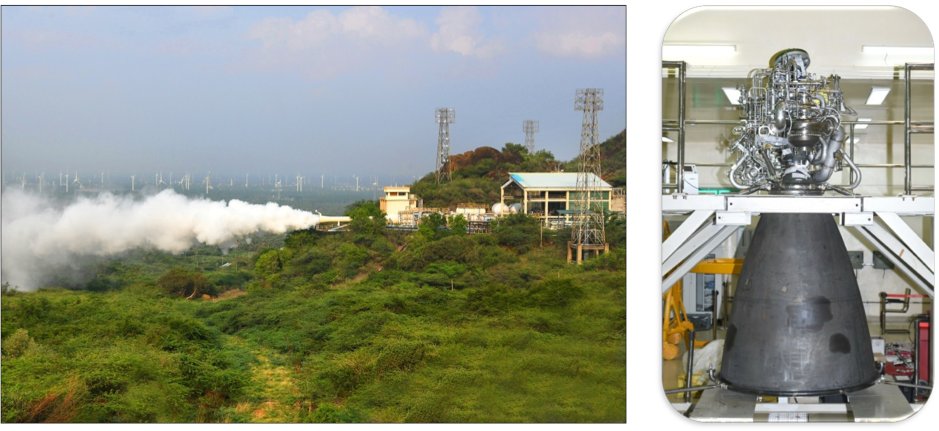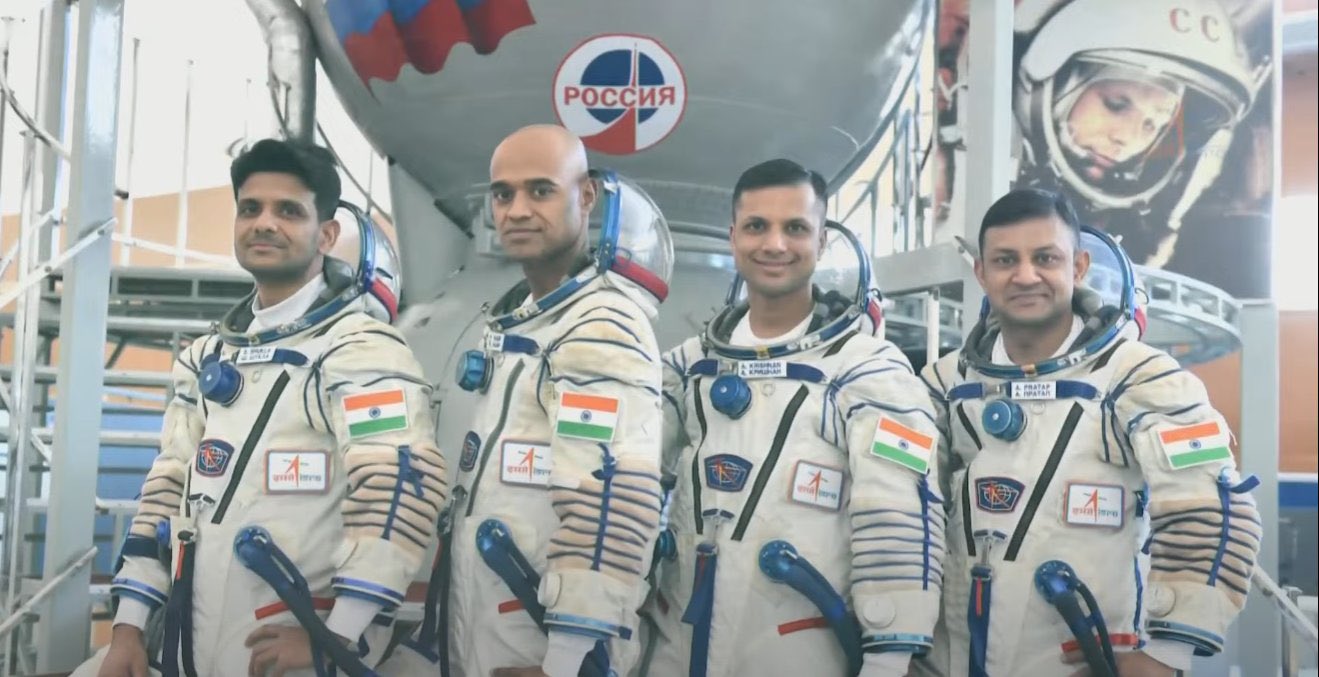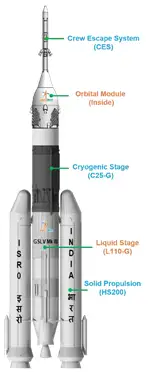Countdown to Gaganyaan: Introducing India's Brave Astronauts
Mission Overview
The countdown of Gaganyaan mission marks a significant milestone in the Indian space program, as it aims to send Indian astronauts into space. Led by the Indian Space Research Organisation (ISRO), the mission seeks to Demonstrate India’s capability to undertake human spaceflight missions. The Gaganyaan Mission is an ambitious project undertaken by India with the aim of sending a three-member crew on a three-day journey to Low Earth Orbit (LEO), approximately 400 kilometers above the Earth’s surface, and safely returning them back to Earth. This mission marks India’s endeavor to join the exclusive club of nations—such as the United States, Russia, and China—that have demonstrated the capability for human spaceflight.
To achieve this milestone, the Indian government has approved two unmanned missions followed by a manned mission. The first manned spaceflight, anticipated to occur in 2024, is eagerly awaited as a significant step forward in India’s space exploration efforts. The success of the Gaganyaan Mission holds great significance, not just for India’s space program but also for its standing in the global space community. It represents a remarkable achievement in the advancement of space technology and highlights India’s commitment to pushing the boundaries of exploration.
The Gaganyaan Mission has the following objectives:
- To demonstrate indigenous capability to undertake human space flights.
- To lay the foundation for a sustained Indian human space exploration program.
- To inspire the youth and foster scientific curiosity and innovation.
- To develop technologies and infrastructure for future missions.
- In order to achieve these objectives, ISRO has developed various new technologies and systems for the Gaganyaan Mission.

Indian Government Announces Four Astronauts Selected for Historic Gaganyaan Mission
Today on 27 February 2024 ISRO made a offical announcement of those Astronauts who are selected for Gaganyaan Mission:
Indian Astronauts Selected for Gaganyaan Mission:
- Gp Capt Prashanth Nair
- Gp Capt Ajit Krishnan
- Gp Capt Angad Pratap
- Wg Cdr Shubhanshu Shukla
Today, the Indian government officially announced the four individuals who have been selected to embark on the groundbreaking Gaganyaan mission. These highly skilled astronauts, Group Captains Prashanth Nair, Ajit Krishnan, and Angad Pratap, alongside Wing Commander Shubhanshu Shukla, represent the pinnacle of India’s aerospace capabilities. This momentous announcement marks a significant milestone in India’s space exploration journey, showcasing the nation’s commitment to pushing the boundaries of scientific advancement and exploration. As they prepare to journey into the cosmos, these individuals carry with them the hopes and aspirations of a nation, poised to make history in space exploration.

Overview of Key Technologies and Systems for the Gaganyaan Mission
Human-rated Launch Vehicle:
The Gaganyaan mission utilizes a modified version of ISRO’s reliable LVM3 rocket. This launch vehicle is equipped with a three-stage propulsion system, ensuring the necessary thrust to propel the spacecraft into orbit. Crucially, it features a crew escape system designed to safeguard astronauts in the event of an emergency during launch.
Orbital Module:
Comprising a crew module and a service module, the orbital module is instrumental in sustaining human life in space. The crew module provides a habitable environment akin to Earth, featuring a double-walled structure for thermal protection, life support systems, and re-entry capabilities. Meanwhile, the service module offers crucial support functions such as power generation, propulsion, and communication systems, essential for the spacecraft’s operation in orbit.
Crew Recovery System:
To ensure the safe return of astronauts to Earth, the Gaganyaan mission incorporates a comprehensive crew recovery system. This includes parachutes deployed upon re-entry to slow down the descent of the crew module, flotation devices to keep the module afloat upon splashdown in the Indian Ocean, and a dedicated recovery vessel tasked with retrieving the module and its occupants.
Ground Support Infrastructure:
A robust ground support infrastructure is essential for the success of the Gaganyaan mission. This encompasses a mission control center responsible for overseeing all aspects of the mission in real-time, a tracking network to monitor the spacecraft’s trajectory, a dedicated launch pad equipped with facilities for fueling and launch operations, and a crew training facility where astronauts undergo rigorous training to prepare for their spaceflight.The integration of these advanced technologies and systems underscores India’s commitment to achieving its space exploration goals. Through the Gaganyaan mission, the nation not only aims to demonstrate its technological prowess but also to pave the way for future human spaceflight endeavors, inspiring generations and contributing to humanity’s collective understanding of the cosmos.

Which Rocket is being used in This Mission?
The GSLV Mk III, or the Geosynchronous Satellite Launch Vehicle Mark III, stands as the pinnacle of India’s space launch capabilities, poised to propel the nation into the realm of human spaceflight with the Gaganyaan mission. This formidable rocket, towering at a height of 43.43 meters with a diameter of 4 meters and boasting a lift-off mass of 640 tonnes, comprises three distinct stages, each meticulously engineered for the arduous journey beyond Earth’s atmosphere. At its core lies the S200 solid stage, featuring twin strap-on boosters fueled by HTPB, their combined thrust catapulting the rocket skyward alongside the core liquid stage. This liquid stage, known as the L110, harnesses the power of UH25 fuel and N2O4 oxidizer, propelled by two Vikas engines generating a formidable thrust of 1,598 kN. Completing the trio is the cryogenic stage, the C25, housing the indigenous CE-20 engine, a technological marvel utilizing LH2 and LOX to produce a thrust of 200 kN, representing a significant advancement in ISRO’s cryogenic propulsion capabilities.
Integral to the success of the Gaganyaan mission is the human-rated GSLV Mk III, meticulously designed and rigorously tested to meet stringent safety and reliability standards demanded by crewed spaceflight. Among its defining features is the inclusion of a crew escape system (CES), a vital contingency measure ensuring the swift and safe separation of the crew module from the launch vehicle in the event of an anomaly during ascent. Furthermore, the rocket’s construction incorporates a meticulous selection of materials and components capable of withstanding the punishing conditions of launch and re-entry, from extreme temperatures to intense pressure and vibration. Redundancy is woven into the fabric of the rocket’s design, with critical systems engineered to offer backup options in the face of potential failure, ensuring the safety of the crew remains paramount throughout the mission.
Behind the scenes, a rigorous regimen of testing and qualification validates the functionality and compatibility of every subsystem, from structural integrity to thermal resilience and aerodynamic performance. Each aspect of the rocket’s design, fabrication, integration, and launch processes undergoes comprehensive review and certification by independent experts and authorities, underscoring ISRO’s commitment to excellence and safety in every facet of the Gaganyaan mission. As India’s most powerful launcher, the GSLV Mk III embodies the nation’s indigenous prowess in space technology, poised to chart a new chapter in human space exploration and inspire generations to come.
Technology Development In Gaganyaan
The Gaganyaan mission stands not only as a historic endeavor in India’s space exploration journey but also as a crucible for pioneering technological developments in human spaceflight. Beyond its primary objectives, the mission serves as a fertile ground for testing and validating cutting-edge technologies crucial for sustaining life in space, refining navigation and communication systems, and optimizing spacecraft design for extended missions. The invaluable insights gleaned from these endeavors will not only bolster the success of future manned missions but also enrich the repertoire of capabilities for unmanned missions, thus propelling humanity further into the cosmos with confidence and ingenuity..
Conclusion
In conclusion, the Gaganyaan mission heralds a new era in India’s space exploration marked by unparalleled innovation and unwavering determination. As the nation prepares to embark on this historic journey, the integration of state-of-the-art technologies underscores its commitment to pushing the boundaries of human spaceflight. From the meticulous design of the GSLV Mk III to the pioneering advancements in life support systems and spacecraft design, every facet of the mission reflects India’s indomitable spirit and ingenuity. With each milestone achieved, we inch closer to realizing our cosmic aspirations and unlocking the mysteries of the universe. As the Gaganyaan mission takes flight, our thoughts and best wishes soar alongside, carrying the hopes of a nation and the dreams of humanity toward the stars. Here’s to a safe and successful voyage, propelling India to greater heights and inspiring generations to reach for the stars.
